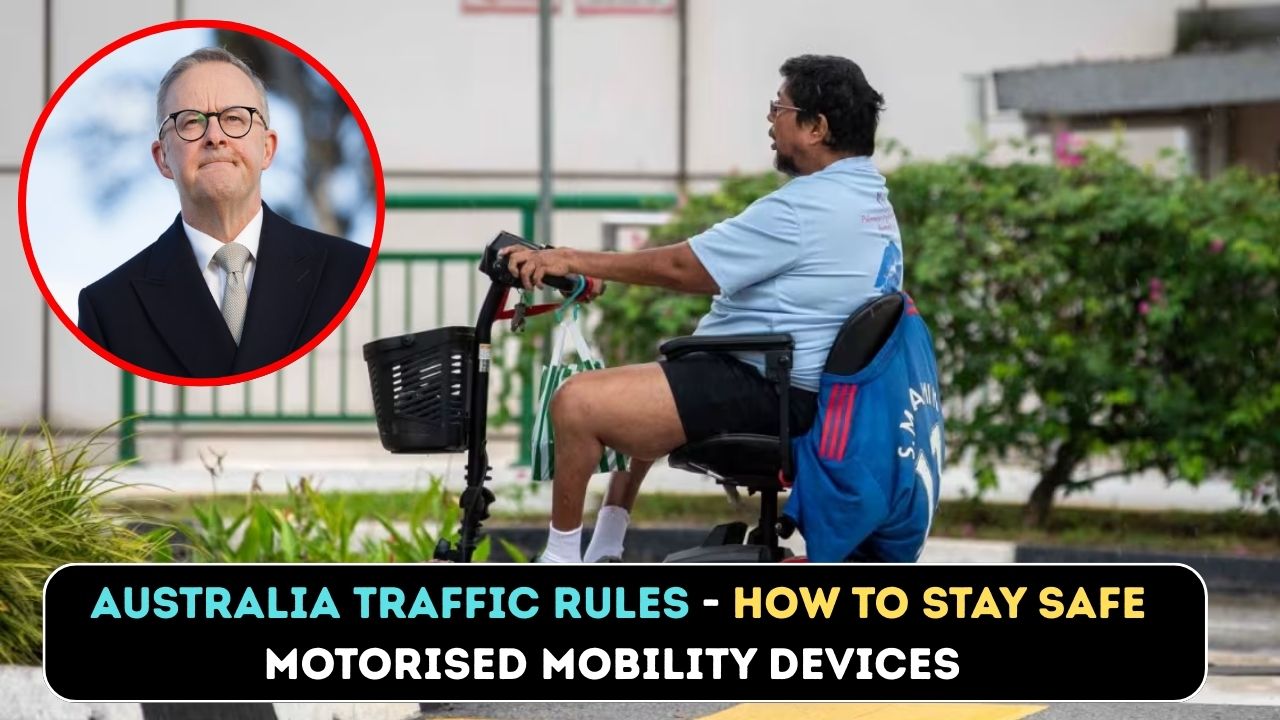Join on WhatsApp
Get the latest updates directly on WhatsApp – motivation, news & more!
Motorised mobility devices (MMDs) such as mobility scooters and powered chairs greatly aid in allowing people with mobility impairments to move around safely and independently. To prevent accidents and ensure safety on the public roads as well as the private property, users of MMDs must comply to the safety regulations associated with it.

Common Mistakes Associated with MMDs
There are many common errors associated with the usage of MMDs and one of those is over the weight restrictions imposed by the manufacturers. Each MMD device comes with maximum weight capabilities which include the user and the belongings which is carried along. Overloading is likely to place undue strain on the motor while increasing the chances of the device tipping over, reducing its battery life, and tipping over. Another common error iis forgetting to maintain the device. Without frequent checks and maintenance especially on the brakes, batteries, and electrical elements, the user is likely to face unsafe malfunctions and unexpected breakdowns.
Basic Rules of Safety
In the case of MMD users, one of the most common requirements is maintaining device control at all times and operating below a set maximum speed during the use of walk assisting devices. The maximum speed of which is usually set at a brisk walk of 6 km/h and applies on footpaths or other combined walk-use areas. The use of protective equipment such as helmets also improves the safety of the user. The other major rules include limited modifications to the device which can only be done after approval as they can greatly impact safety and stability of the device.
The Importance of Rules and Regulations
If a person operating the device ignores the weight limit and speed restrictions, it could result in a loss of control over the device, which could in turn, result in injuries both for the user and for bystanders. In addition, with respect to the MMDs, failure to do regular maintenance could result in the MMDs malfunctioning which defeats the purpose of the repairs, ultimately increasing the operational and maintenance overheads. In addition, with respect to PMDs, maintaining the public pathway accessibility by observing the size and weight rules and regulations is a courtesy to fellow public users.
The Future – More Stricter Regulations
Governments in various parts of the world have started to impose more stricter regulations for the use of MMDs and PMDs. These regulations include certificatification to determine the medical requirement for certain devices and banning the sales of devices which do not comply to the regulations. The goal of these regulations is to give the user of the device more freedom when it comes to personal mobility, while addressing the concerns for the public safety.
The Need to Avoid These Common Mistakes
Overloading the device with more weight than the manufacturer stated is a mistake. Also, bypassing the regular servicing of the device in the brakes and batteries, which are the most critical for the reliability of the device is a mistake most users tend to make.


